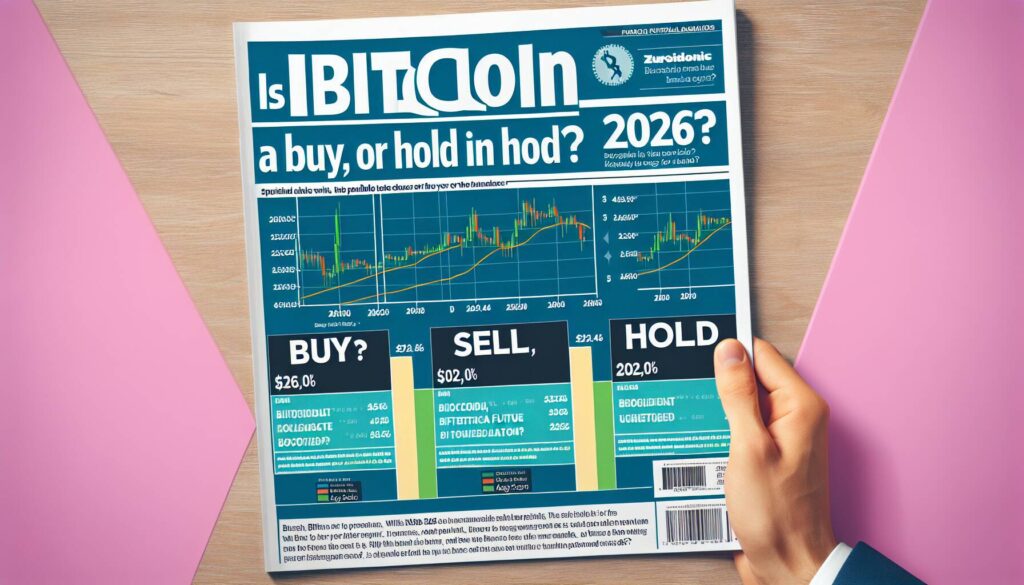Since last Friday, the cryptocurrency market, particularly Bitcoin (BTC) and Ethereum (ETH), has shown notable stability amidst escalating tensions between Iran and Israel. Despite the unrest, prices have remained largely unchanged, with Bitcoin and Ethereum trading within a narrow range and even Bitcoin Cash (BCH), the top-performing token, experiencing only a moderate increase of 4%. While the markets seem hesitant to react strongly to positive developments, such as institutional investments, there are signs of ongoing interest from larger players in the crypto space.
Investment giant JPMorgan recently filed for a crypto-focused platform, aiming to facilitate trading and other digital asset services, revealing a commitment from traditional finance to embrace cryptocurrency. Additionally, Strategy made headlines with a substantial purchase of over 10,100 Bitcoin, valued at $1.05 billion, marking one of the year’s largest acquisitions. Meanwhile, spot exchange-traded funds (ETFs) for Bitcoin and Ethereum have also reported inflows, further indicating a solid institutional appetite for crypto assets.
On the regulatory front, progress is being made with proposed legislation such as the GENIUS Act and the bipartisan CLARITY Act making their way through Congress. This may provide clearer guidelines for the emerging crypto industry, though market participants remain wary, particularly in light of potential geopolitical conflicts and the anticipated Federal Reserve interest rate decision that could influence market sentiment.
As traders navigate this complex landscape, recent reports suggest a selective and risk-averse capital flow in the market. XBTO noted a broader decline of 4.06% in “The Market Factor,” reflecting a sell-off among altcoins even while major cryptocurrencies hold their ground. Analysts are observing a potential structural shift in the market, driven by institutional demand that may pave the way for upward price movement in the coming years, despite current caution.
“With demand remaining strong and sell pressure weak, we maintain a high-conviction view that prices will grind higher in 2025,” noted analysts from BRN, suggesting that while the momentum is currently paused, the long-term outlook remains positive.
The emerging dynamics within the crypto industry are anything but static, presenting a landscape full of opportunities and uncertainties as both institutional and retail investors weigh their options in a bustling market punctuated by significant developments in regulation and institutional investment.

Key Points on Cryptocurrency Market Developments
Here are the significant aspects regarding the current state of the cryptocurrency market and their potential impact on readers:
- Resilience Amid Hostilities: Cryptocurrencies, particularly Bitcoin (BTC), have shown stability despite geopolitical tensions, indicating their growing acceptance as a store of value.
- Institutional Interest: Major financial institutions like JPMorgan are launching crypto platforms, signifying increasing mainstream adoption that may enhance investor confidence.
- Significant Bitcoin Acquisition: Strategy’s $1.05 billion purchase of BTC highlights strong institutional demand, which could lead to positive price movements in the future.
- Legislative Developments: Progress on the GENIUS stablecoin bill and CLARITY Act may provide regulatory clarity, influencing a more secure investment environment for readers.
- Market Caution Due to Uncertain Conditions: The potential for ongoing Middle East conflicts and Federal Reserve interest rate decisions creates a cautious market atmosphere for investors.
- Altcoin Market Dynamics: A notable sell-off in altcoins but stability in major tokens suggests a shift in investor strategy, impacting portfolio diversification decisions.
- Speculative Trends: The trend towards speculative investments, like the rise of the USELESS token, reflects the high-risk nature of trading behaviors among retail investors, which could influence personal investment strategies.
- ETF Developments: New crypto ETFs and applications signal growing accessibility to crypto investments, allowing more retail participation in the market.
Comparative Analysis of Current Cryptocurrency Trends
The cryptocurrency market is currently navigating through a challenging landscape, especially in light of geopolitical tensions and macroeconomic factors. Bitcoin (BTC) and Ethereum (ETH) have shown remarkable stability, suggesting a resilience among major cryptocurrencies, which is not mirrored in the broader market where many altcoins are facing notable declines. Institutional interest continues to be a bright spot, with JPMorgan’s recent application for a crypto-focused platform standing out as a pivotal development. This move could elevate the firm’s competitive edge in the growing digital asset marketplace, potentially attracting traditional investors and increasing trust in crypto overall.
In contrast, while Bitcoin cash (BCH) has experienced modest growth, its overall performance remains tepid compared to the significant liquidity seen in major tokens. The cautious approach being adopted by investors reflects a broader trend of risk aversion, likely influenced by ongoing global uncertainties, particularly in the Middle East. This environment could pose a disadvantage for retail investors who may be deterred by the volatile market conditions and tend to engage in riskier altcoin investments without proper guidance.
The recent inflows into Bitcoin and Ethereum’s spot ETFs indicate a growing interest, particularly from institutional players, a trend that could benefit investment firms and large-scale crypto holders looking to stabilize their portfolios. However, the situation could generate additional challenges for smaller players and newer projects like USELESS, which have thrived on hype but lack fundamental underpinnings. This speculative nature may lead to heightened volatility, affecting inexperienced investors who get caught up in the frenzy.
Furthermore, regulatory advancements such as the bipartisan CLARITY Act and GENIUS stablecoin bill are progressing, promising to streamline and potentially enhance the legitimacy of some crypto operations. This regulatory clarity is likely to create a more secure environment for those institutions already engaged in crypto, allowing them to operate with greater confidence. Meanwhile, projects that fail to adapt to these regulatory frameworks could find themselves facing substantial operational challenges as compliance pressures mount.
The divergence in crypto market sentiment is palpable. With institutions leading the charge towards a more structured and stable approach to crypto, retail investors may need to realign their strategies to capitalize on the evolving landscape, particularly as movements like the Solana spot ETF application signal a potential expansion in investment opportunities. Overall, while the macroeconomic landscape presents challenges, the underlying institutional interest may ultimately pave the way for a more robust market recovery.

















